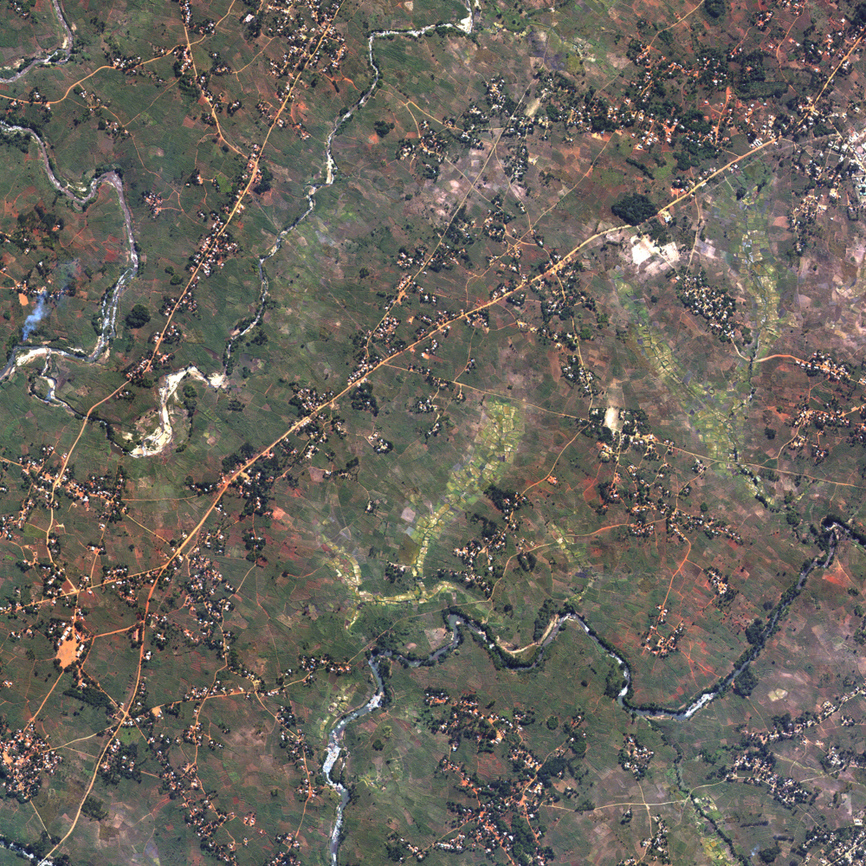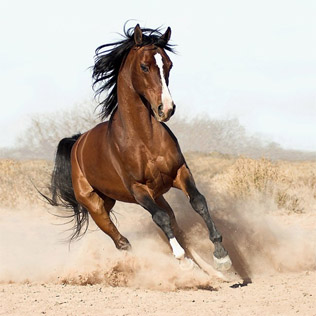
Same general idea and source data, but this time it’s just z-score (https://en.wikipedia.org/wiki/Standard_score), with red positive and green negative. Hard to say that this makes it easier to spot the interesting anomalies, but it seemed like the common sense thing to try. You can see the the OceanGate incident, the earthquake in Turkey and Syria, probably some festivals, etc.
@kb As I look more closely now, I think you can distinctly see McMurdo due south of NZ.
@pnorman This seemed to work acceptably: ffmpeg -r 15 -f image2 -pattern_type glob -i "png10/*.png" -vcodec libx264 -tune grain -crf 15 -pix_fmt yuv420p -movflags +faststart osm.mp4
And the value scaling is basically log8, entirely ad-hoc.
@kb Certainly a few islands, but I think maybe also an Antarctic base or two? I can check in my morning.
@kmetz Yep!
@alan I feel like this could be the seed for a legitimate geography paper in like 1977.
The answers to your questions are:
1. Yacht and rally car races.
2. Yes, well noticed! We call it “Null Island”.
3. No, but it would be nice if it were practical.
4. People scraping tiles.
5. Yes, because the distribution of traffic follows Zipf’s law.
6. If I have time.
The amount of high-quality open data in these releases is amazing, and it’s been consistently timely.
If I were doing disaster response work at the moment, I would be building heavily on this data.
Hard to think of another company giving out this much top-tier product, under CC-BY-NC and with no sign-up, just to help with disasters.
@meetar They should have named it Snack.
@beep @casey What people actually want from Slack, the service known for its comparatively humane and community-oriented choices, is to open their computer in the morning and feel as much as possible like https://www.businessinsider.com/the-us-army-star-trek-command-center-2013-9
Keig Yankee Point, Monterey County, CA
🗺36.4897, -121.9205 🧭102° ⛰1568 ft
https://ops.alertcalifornia.org/cam-console/2043
[clears throat] [looks around] The reinvention of potato.
[slightly louder:] The reinvention of potato?
https://www.nature.com/articles/s41422-021-00542-5
(Via @alexismadrigal’s newsletter.)
Where can I order an enamel pin that says “The LLM discourse is really tangled up and unproductive in ways that are too annoying and complex to even outline on this pin – there are a lot of different aspects to the situation that it would be unfair to leave out of even a short summary”?
- charlie@planet.parts
- work
- geographical pixels
- where
- Xučyun/Oakland, Ohlone land, western Laurentian accretions
- who
- him
You know him on the internet. Eucalypt-adjacent; very occasional writer. Consulting and passively looking for work in geospatial, image processing, and related fields.
